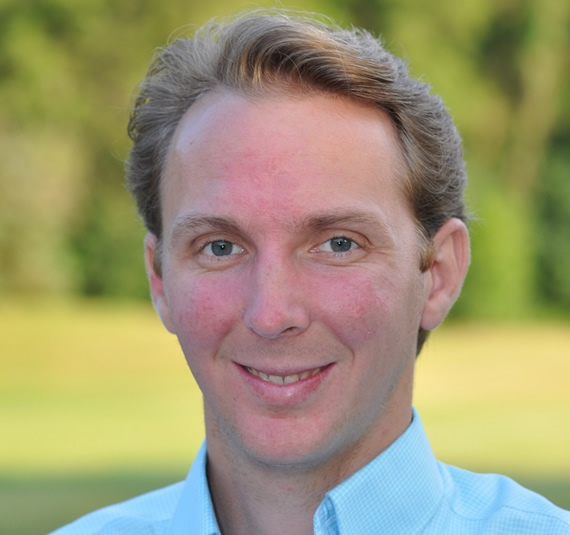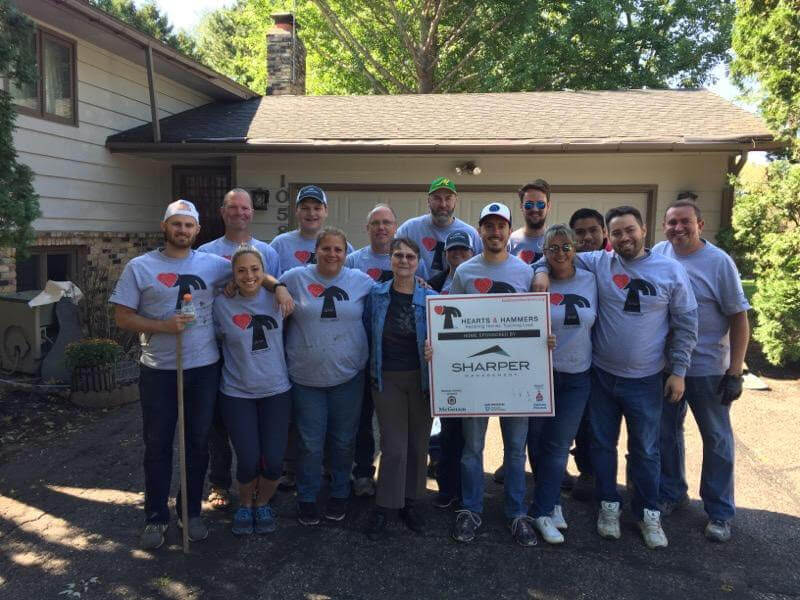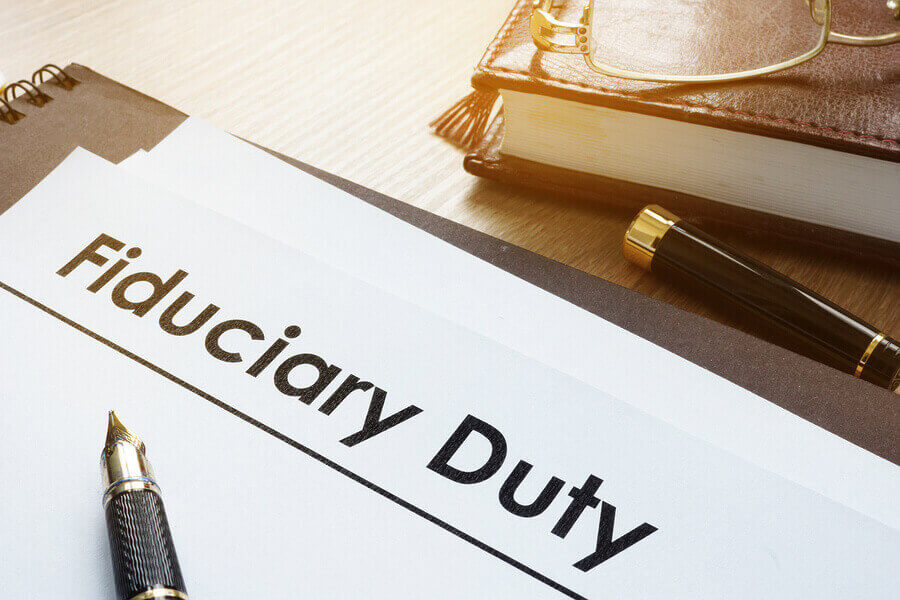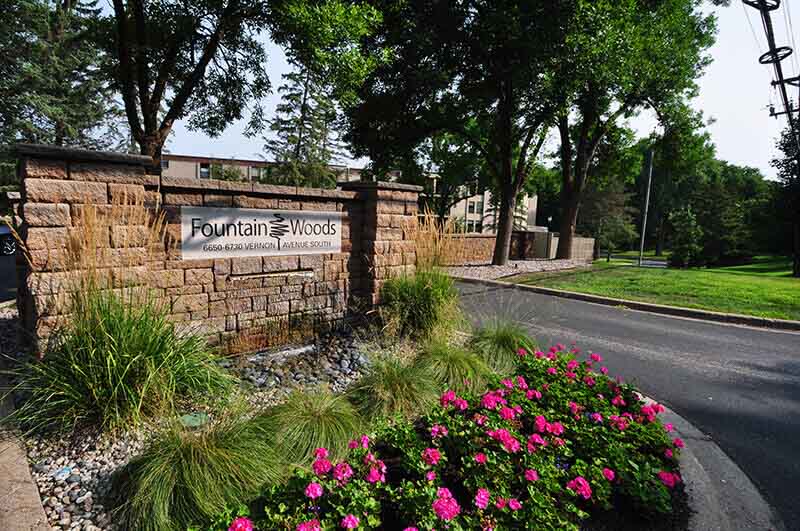Sharper Leadership Helps to Shape Industry

Sharper’s two directors of community management, Candy Lee and Josh Reams, have become heavily involved in the Community Association Institute (CAI) – Minnesota Chapter. CAI is the largest and most established organization in the community association industry. It is the resource center, education and certification group, and overall governing industry body to community managers, management companies, association board members and association related vendors. Last fall Reams was elected to serve on the Board of Directors for CAI-MN. “CAI is responsible for many industry related things. My overall goal was to help revitalize the education offerings for community managers and volunteer board members,” said Reams, who was also previously on the Education Committee of CAI. “As an organization, there had been a number of changes in the administration of CAI. I was, and continue to be, excited about the opportunity to help shape the future of this valuable resource body.” One of Reams’ first initiatives was to reinstitute the Education Committee, appointing colleague and industry veteran Candy Lee to chair it. Lee has spent 2018 working with directors from nearly a dozen management companies to plan and convene multiple education seminars for community managers and volunteer board members from all over Minnesota. The last lunch & learn session, “I Wrote This; But They Read That: Effectively Communicating to the Masses” was held earlier this month and attended by 70 industry professional. Reams and Linda Grubish, Sharper Management’s Marketing Advisor led the session. Reams and Lee have an exciting year ahead with nearly a dozen education and industry events through their efforts with CAI. “We are excited that a core part of our leadership group here at Sharper Management is so actively involved in the leadership body of our industry,” said Dan Cunningham, owner of Sharper Management.
Sharper Gives Back – Hearts & Hammers

As is becoming a tradition in the annual Sharper Scramble Golf Tournament, each year Sharper selects an organization to support by raising money and awareness. This year Sharper generated enough of a donation to sponsor the rehabilitation of a house through the Hearts & Hammers program. The mission of Hearts & Hammers is to “provide exterior home improvement assistance for senior citizens, disabled adults and veterans of the United States Armed Forces, or their surviving spouse, so that they may continue living independently.” On September 22nd, over a dozen Sharper staff and owners came together to do yard and landscaping jobs, painting, carpentry work and other various repair needs to begin restoring a home in Shakopee. “A core value of Sharper is to ‘be your Minnesota neighbor,’” said Matt Froehlich, owner and head of operations. “This was a wonderful opportunity for the Sharper family to come together for a greater good. While we hope our time, energy and labor provided a valuable service to a homeowner in need and to a wonderful organization like Hearts & Hammers, it was equally special for us to share this experience together as a company.” You can read more about Hearts & Hammers at www.heartsandhammers.org.
Fiduciary Duty

As many Associations enter budget season, it’s a good time to reflect on a phrase that is thrown around, but seldom understood and all too often not taken seriously enough – Fiduciary Duty. Be it the approval of a budget, the granting of a homeowner request or the selection of a contractor, as an elected Board member and representative of your community association, it is your legal obligation. So, what does it mean? According to Webster Dictionary, Fiduciary Duty is “the legal duty of a fiduciary to act in the best interest of the beneficiary.” Yeah, OK. That’s well enough. In the context of your role as a Board member, however, we can dig a little deeper. As a governing body, the Board of Directors has three primary functions: A policy making body (creating Rules) An approval body (approving a budget, managing architectural controls or contracting services) An oversight body (reviewing financials or evaluating vendor services) According to our industry resource, Community Association Institute, as an individual Board member you work to fulfill these functions and meet your all-important fiduciary obligations under two doctrines. Duty of Care – making reasonable and informed decisions; regularly attending and participating in Board meetings; exercising independent judgement; relying on experts, but still exercising good business judgement; and acting in the best interest of the Association as a whole. Duty of Loyalty – putting aside all personal interests; eliminating conflicts of interests; and exercising power in good faith to benefit the best interests of the community. In summary, to ensure you are fulfilling your Fiduciary Duty – remember your primary functions as a collective Board and individual Board member, and ensure you are guided by the principles outlined in Duty of Care and Duty of Loyalty. To be even more succinct – work smart and don’t be selfish! (See more at https://www.caionline.org/LearningCenter/ResLib/Pages/3454.aspx )
Association Funds – Operating vs Reserve

Since most association’s are on a calendar fiscal year, the Board of Directors and Management will soon begin, or have begun already, working on the 2019 Operating Budget. This budget, essentially, sets the “dues” – so we thought it would be a timely opportunity to explain the difference between the “operating budget” funds, vs the “replacement reserve” schedule and funds. Operating Budget – Each association varies, of course, but an overwhelming majority treat “operating” and “reserve” (or “capital”) funds differently. And they should. Associations work within an operating budget to pay for necessities and recognized amenities. These items are set by the Governing Documents. Common examples include lawn care, landscaping, snow removal, insurance, management services, repairs and maintenance, utilities, amenity costs for pools or other recreation, etc. These are the costs to run the association on a day-to-day basis. This budget makes up what becomes the homeowner’s assessment – commonly called “dues.” Little known fact – for most associations, did you know that the monthly “dues” payment is technically called an annual assessment? The common practice is to break it up into 12 equal monthly installments and call them “dues.” But, for most associations, the adopted operating budget and your share of those expenses (be it by ownership percentage in a condo or your equally divided share of the planned community) is legally recognized as yearly assessment. Reserve Fund – The association’s “reserve” or “capital” fund is essentially the savings account to pay for large replacement projects such as re-roofing, re-siding, concrete and asphalt replacement, etc. Most associations work off of a professionally developed “Reserve Study” that lays out the plan for which components should be replaced which year, and a funding plan to pay for those replacements. Now that you know the difference between the two funds – how do they work together? The reserve fund is “contributed” to via an expense listed in the operating budget. If the Reserve Study says in 2019 the association should contribute $120,000 to the Reserve Fund, typically each month the association will take $10,000 generated from the dues revenue and deposit into the Reserve Fund account. This is a set line item in the operating budget. It’s a lot like a savings and checking account. You deposit your paycheck into your checking account which you use to pay your regular bills. It’s your “operating account.” You might also plan an amount each month you send to your savings or retirement account to pay for those big expenses down the road. It’s your “reserve account.” Hopefully this helps to explain two very different funds your association is working with.
Fountainwoods II Condo Association and Sharper Join Forces

Eden Prairie, Minn – (August 17, 2018) – Effective August 1st, Sharper Management is pleased to welcome Fountain Woods II Condominium Association to the stable of clients managed in the Edina area. Originally constructed in the early 70s and incorporated as Condominiums a decade later, Fountain Woods is a beautiful community made up of four condominium complexes tucked in a quiet area of Edina off of highway 169 and 62. There is a shared tennis court, shared pool and in each building there are multiple amenities such as party rooms and expansive common areas. The Fountain Woods II phase is made up of twin four-story buildings that house 154 units. “We are so excited to be a part of the Fountain Woods community,” said Dan Cunningham, Owner of Sharper Management. “We have had the great fortune of managing a number of condo buildings in Edina. This is certainly a special one. We look forward to the opportunity to work with the Board to help keep, and enhance, property values in this expansive and complex community.” Founded in 2010, Sharper Management is a locally-owned, mid-sized property management company offering a full suite of premiere services to homeowner and commercial associations of all sizes. Sharper Management currently provides services to the Minneapolis-St. Paul seven-county area.
